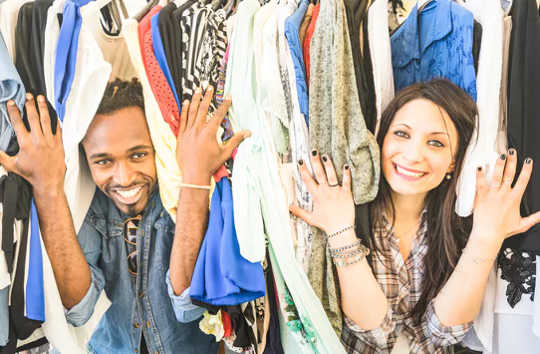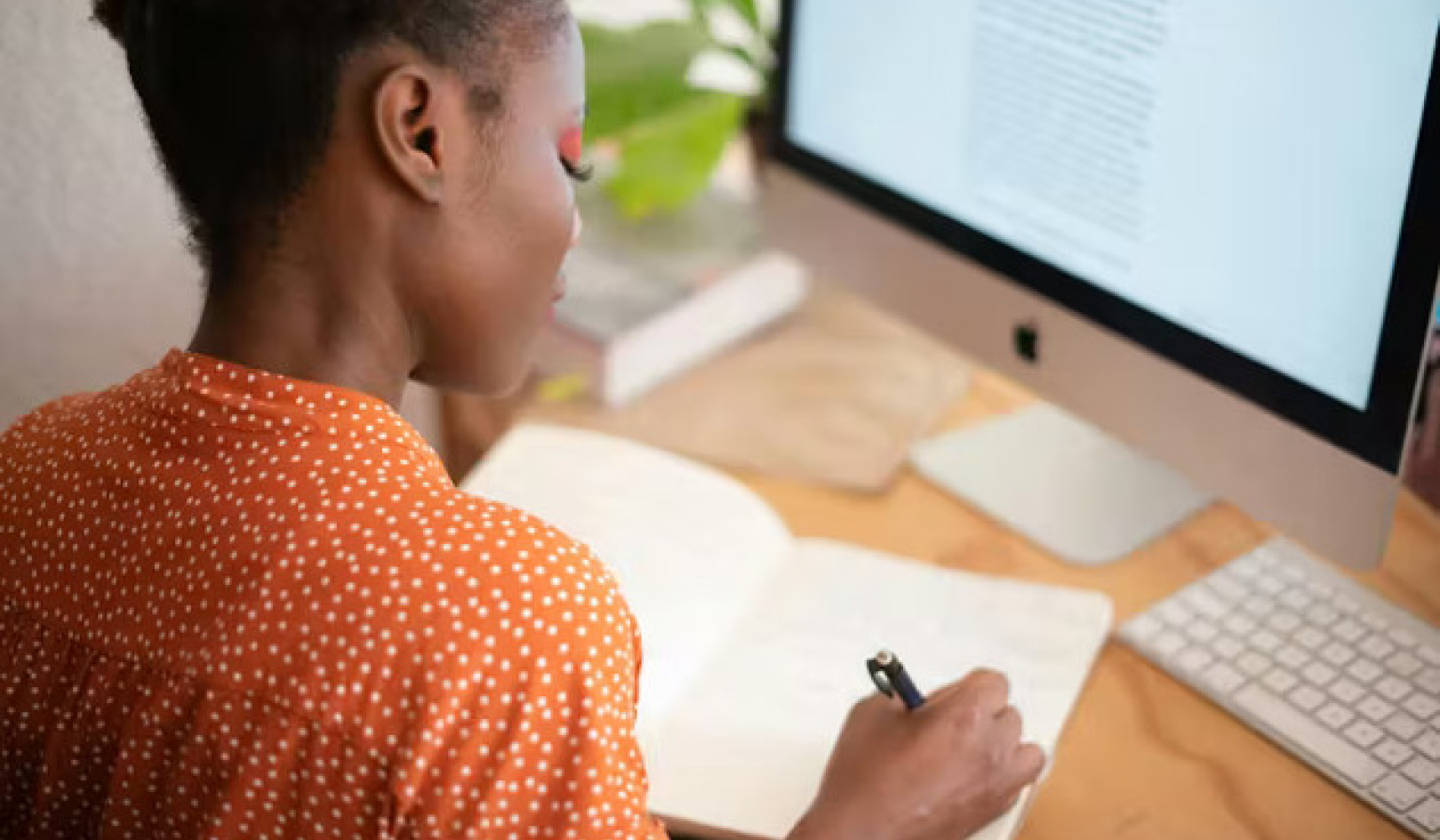The environmental impact of fashion waste is overwhelming. Every year the UK alone sends 350,000 tones of clothing to landfill. And as the majority of garments are made from oil-based materials like polyester – 22.67 tonnes of polyester clothing is produced every year worldwide – they aren’t going anywhere fast. Oil doesn’t decompose, and if burned the material will release harmful chemicals into the atmosphere. There are also problems associated with trimmings such as buttons, zips, studs and interfacing or lining. When buried with other waste in landfill, the combination of metal components, moisture and heat causes gases such as methane to be emitted.
In response to this, and other elements of the fast fashion crisis, the industry is changing. Some brands have introduced recycling schemes to address what happens to their products post-purchase. And the UK’s Environmental Audit Committee recently recommended a penny charge on each garment sold to fund more and better clothing collection and recycling schemes.
But while the push for a more sustainable fashion market is in its early days, we as individuals can still make easy choices right now to have a more environmentally-friendly style. Here are six simple ways to create a wardrobe filled with more sustainable clothing.
1. Reeducate yourself
Don’t bury your head in the sand. Buying cheaply-made fast fashion can only mean that prices have been driven down hard. The smallest cost paid will be to the factory worker who stitched your clothes. Seek out your favourite stores’ websites for their corporate social responsibility statements. This explains what are they doing for sustainability, and will help you decide whether it is a business you want to support. If their aims are unclear, take action – write to the head office and ask for change. It might be that you’re adding another voice to a group of concerns, or it could help them see something that they have missed.
2. Buy for longevity
Even if you’re a firm follower of the latest trends, you can still implement this advice. When looking at new pieces, be confident in your own style and ask yourself whether you will want to wear the piece again in six months’ time. If you believe it will last for quite some time in your fashion forward wardrobe then go ahead and buy it. Similarly, consider whether you can mix it with things you already have – there’s no use buying a new top if you don’t think it will go with anything else you own already.
3. Restyle your wardrobe
You might feel like you have nothing to wear but a fresh look at what you already own can help you see things in a new light. Try asking friends how they’d pair your garments in different ways, or use magazines and social media for inspiration. You don’t have to buy exactly the same outfit as you see modelled elsewhere. Figure out what you like best from that style – perhaps it’s the combination of colour or prints – and see how you can imitate it using what you own.
4. Repair any damage
You don’t need to be a professional tailor to fix any damage to clothes. An unattached seam or button that has fallen off can be easily sorted out. If you don’t know where to start, there are plenty of YouTube tutorials for beginners which will tell you exactly what you need to do. It’s not expensive to buy a needle and thread either. If it’s something more complicated, find a seamstress or ask someone you know for help. The cost likely won’t be as great as it would be if you were to throw the piece away and buy a new one.
{youtube}oHDDhUzIXPY{/youtube}
5. Shop vintage or charity
Buying secondhand returns some value to the first owner, or provides a charity retailer with revenue. So long as you’re purchasing a secondhand garment instead of a new item, significant environmental savings will also be made, as no extra production or processing has been done for you to have a new item. Value is also retained within the economy rather than lost to landfill through this circular way of doing business. You don’t even need to venture out to the shops to buy secondhand. Apps and websites like Depop and eBay are popular with individual sellers while charities including Oxfam boutique and Cancer Research UK also sell clothes and accessories online.
6. Buy locally
Buying locally means that the manufacture and supply chain is drastically cut down. Quite often the maker or seller will be able to tell you how the item has been made and where the materials have been sourced from. Added to that is the fact that you are supporting the local economy, and a business owner who wants to make just as much of a change in the fashion world as you do.
Clothing manufacture and sale is the fourth largest pressure on natural resources after housing, transport and food in the UK. Whatever your budget, it’s not too difficult to consider new ways of changing the way you value clothes, leading to a more sustainable fashion lifestyle.![]()
About The Author
Sarah Lees, Lecturer in Fashion Marketing and Retail Design, University of South Wales
This article is republished from The Conversation under a Creative Commons license. Read the original article.
Related Books
at InnerSelf Market and Amazon


 View Apart/Shutterstock
View Apart/Shutterstock






















